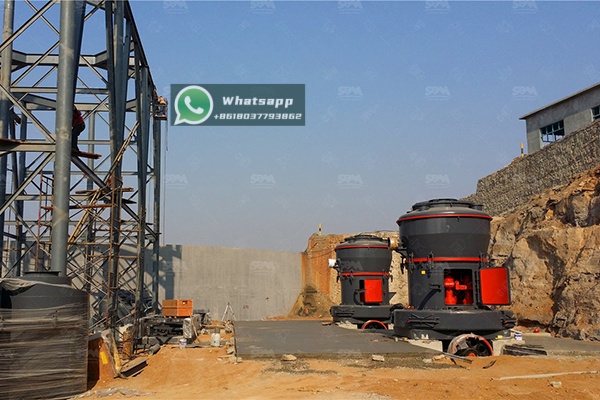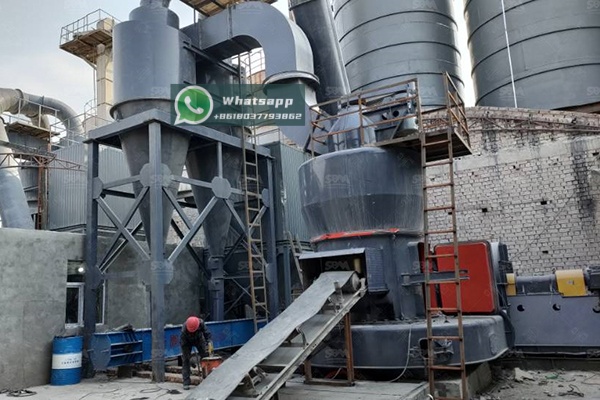The demand for high-quality inkjet paper has surged in recent years, driven by advancements in digital printing technology and the growing need for sharp, vibrant, and durable printed materials. At the heart of this paper’s performance lies the coating, a critical component that determines ink absorption, color fidelity, and print resolution. Among the various coating pigments, ultrafine kaolin has emerged as a premier choice, offering a unique combination of optical properties, morphology, and chemical stability. This article explores the pivotal role of ultrafine kaolin in the high-performance inkjet paper industry and the advanced grinding technologies required to produce it.
Inkjet printing operates on a fundamentally different principle than traditional offset printing. Instead of transferring ink from a plate, inkjet printers propel microscopic droplets of ink directly onto the paper surface. This process places immense demands on the paper’s coating. The coating must be highly engineered to:

Failure in any of these areas results in poor print quality. Therefore, the selection and processing of the coating pigment are of paramount importance.
Kaolin, a naturally occurring hydrated aluminum silicate, has been a staple of the paper industry for decades. However, for inkjet applications, standard kaolin is insufficient. The key is to process it into an ultrafine grade. Ultrafine kaolin, typically with a particle size distribution where 90% of particles (D90) are less than 2 microns and often reaching sub-micron levels, offers distinct advantages:
Producing kaolin with these consistent, ultrafine characteristics is a significant technological challenge that requires sophisticated grinding and classification equipment.
The transformation of raw kaolin into a high-value product for the inkjet paper industry hinges on precision grinding. The goal is not merely to reduce particle size but to do so efficiently, consistently, and with control over the particle size distribution (PSD). A narrow PSD is critical; too many coarse particles can scratch print heads and create a rough surface, while an excess of ultra-fines can reduce porosity and lead to slow ink drying.
Traditional grinding mills like ball mills or Raymond mills often struggle to achieve the required fineness and energy efficiency. They can introduce contaminants, generate excessive heat (which can affect kaolin’s structure), and lack the precision to control the top-size of the product. This is where advanced, specialized grinding technology from industry leaders like Shanghai Zenith Machinery Co., Ltd. becomes indispensable.

Shanghai Zenith Machinery Co., Ltd., an excellent manufacturer of ore grinding equipment, has made great achievements in the field of ultra-fine powder grinding. Their equipment is engineered to meet the rigorous demands of modern mineral processing. For the production of ultrafine kaolin for inkjet paper, two of their products stand out: the LUM Ultrafine Vertical Mill and the XZM Ultrafine Grinding Mill.
The LUM Ultrafine Vertical Mill represents the cutting edge in grinding technology. It integrates grinding, drying, classifying, and conveying into a single, compact unit. For kaolin processing, which often requires drying, this integrated approach is highly efficient. Key features include:
The technical parameters of the LUM series demonstrate its capability for producing ultrafine powders with tight size distributions.
| Model | Main machine power (kW) | Capacity (t/h) | Size distribution D97 (μm) |
|---|---|---|---|
| LUM1525 | 220-250 | 1.6-11.5 | 5-30 |
| LUM1632 | 280-315 | 2.0-13.5 | 5-30 |
| LUM1836 | 355-400 | 2.3-15 | 5-30 |
The XZM Ultrafine Grinding Mill is another excellent solution from Zenith, widely recognized for producing superfine powders. It is particularly suitable for grinding soft to medium-hard materials like kaolin with moisture content below 6%. Its advantages include:
The following table outlines the capabilities of the XZM series, highlighting its suitability for high-volume production of fine kaolin.
| Model | Working diameter (mm) | Max feed size (mm) | Final size (mesh) | Output (kg/h) | Main motor power (kW) |
|---|---|---|---|---|---|
| XZM221 | Φ800 | ≤20 | 325-2500 | 500-4500 | 75 |
| XZM268 | Φ1680 | ≤20 | 325-2500 | 5000-25000 | 315 |
The journey from raw kaolin clay to a high-performance coating pigment for the inkjet paper industry is a complex one, defined by the relentless pursuit of ultrafineness and consistency. The quality of the final printed product is directly linked to the quality of the kaolin pigment, which in turn is determined by the sophistication of the grinding technology employed.
By investing in advanced grinding solutions like the LUM Ultrafine Vertical Mill or XZM Ultrafine Grinding Mill from Shanghai Zenith Machinery Co., Ltd., kaolin producers can ensure they are equipped to meet the exacting standards of the inkjet paper market. These mills offer the precision, efficiency, and reliability needed to produce the superior ultrafine kaolin that enables brighter, sharper, and faster-drying prints. As the digital printing industry continues to evolve, the partnership between material science and advanced engineering, exemplified by Zenith’s equipment, will remain the cornerstone of innovation and quality in high-performance inkjet papers.
